Women & Girls in Science
Home / Public Outreach / Women & Girls in Science
Celebrating Women and Girls in Science
On the international day for women and girls in science, we present a snapshot of some of the female researchers in ZTF. Read on to find out who they are and who has inspired them along their personal and professional journey..
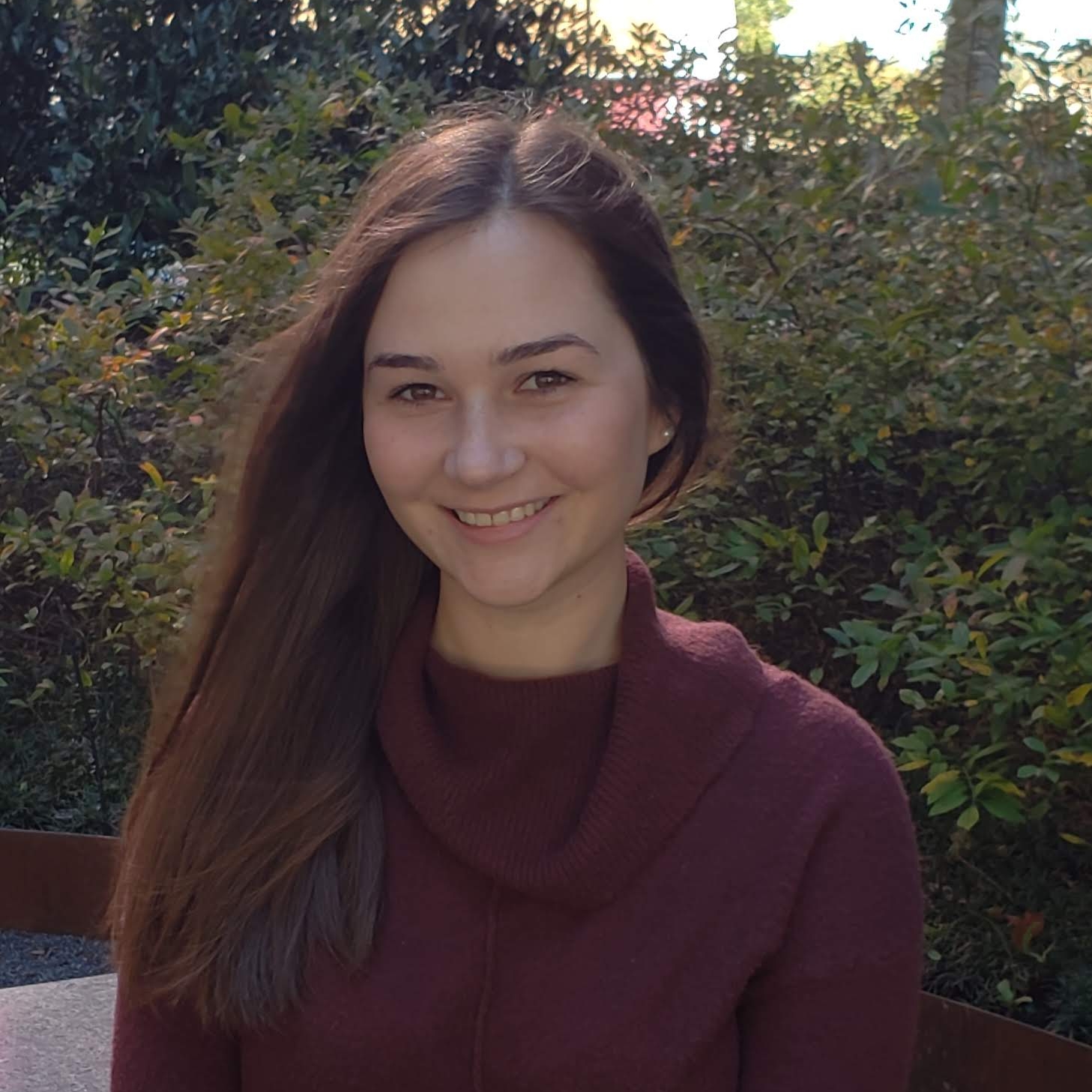
Erica Hammerstein
Erica Hammerstein
PhD, University of Maryland
My favorite part about being an astronomer is discovering something new each day that is even more exciting and interesting than what I discovered yesterday, which is almost guaranteed when studying something like supermassive black holes tearing apart stars!
Inspired by
Henrietta Swan Leavitt inspires me because she discovered one of the most fundamental relations for measuring distances to stars that we know: the period-luminosity relation. She did this at a time when women were not even allowed to operate telescopes.
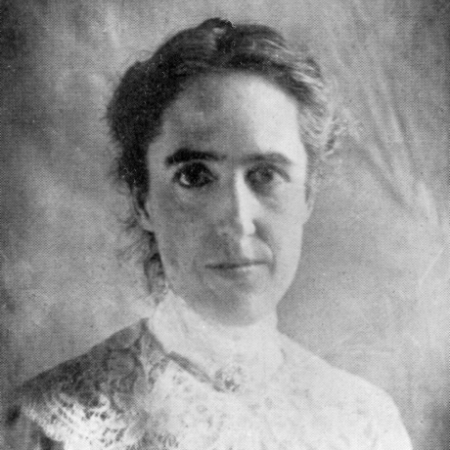
Henrietta Swan Leavitt
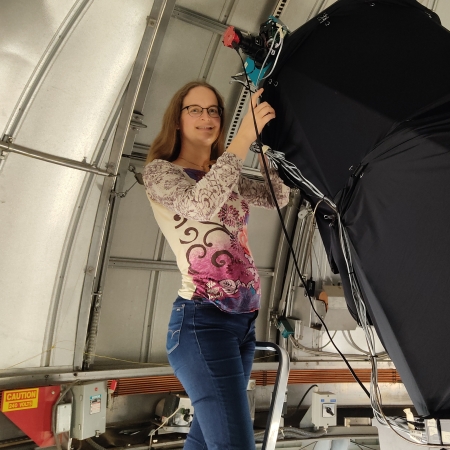
Nora Linn Strotjohann
Nora Linn Strotjohann
Postdoc, Weizmann Institute of Science
My colleagues and I are building a novel type of telescope by combining the light from many smaller, commercially available telescopes through optical fibers. It is ten times cheaper compared to building a big telescope from scratch, such that even small universities will be able to build their own large observing facilities. We just finished assembling the first of 17 telescopes and I'm now testing it on campus.
Inspired by
My parents named me after the main character of the play "A Doll's House" by Henrik Ibsen (the play is called "Nora" in German). When Nora realizes that her husband does not consider her an equal partner, but rather a "pretty and precious doll", she leaves him and their children to live an independent life by herself - a big scandal when the play came out in 1879. My fictional namesake encourages me to make my own decisions and not let other people or my own fears limit what I do.
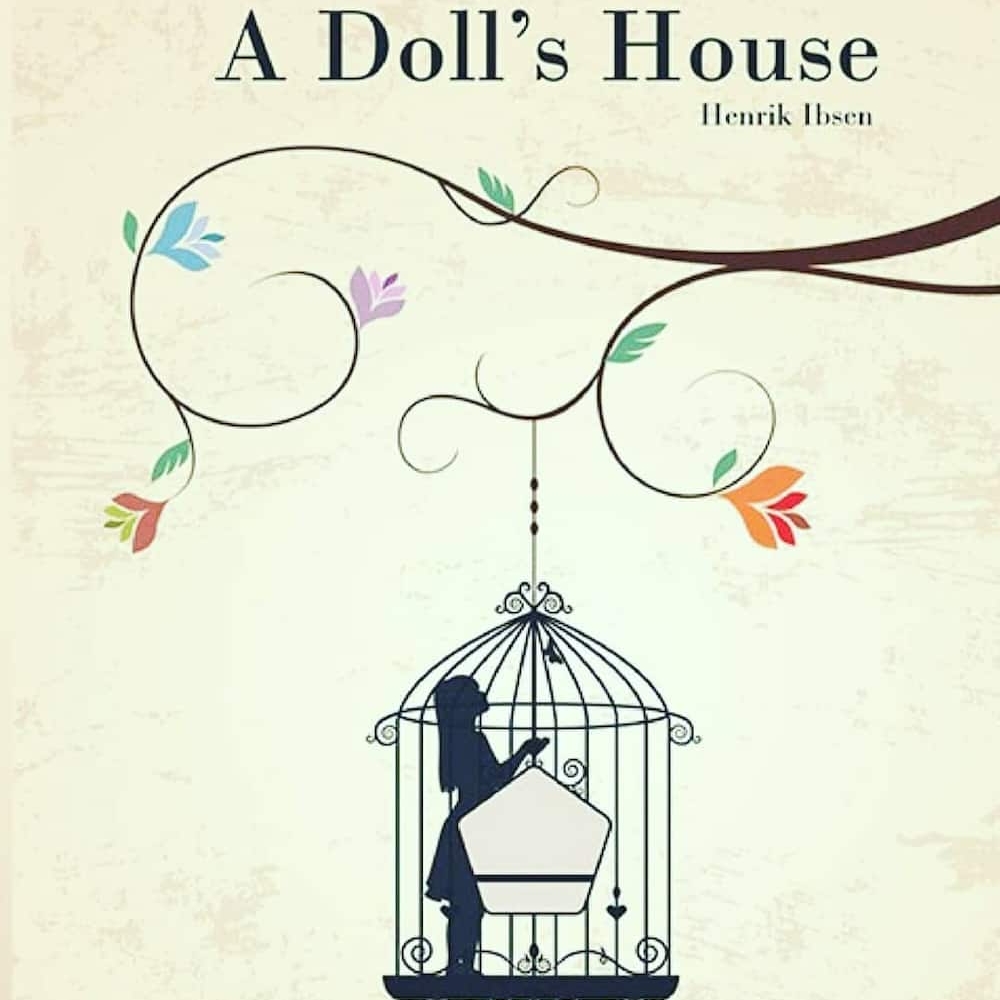
Nora is inspired by the main character in the play "A doll's house"
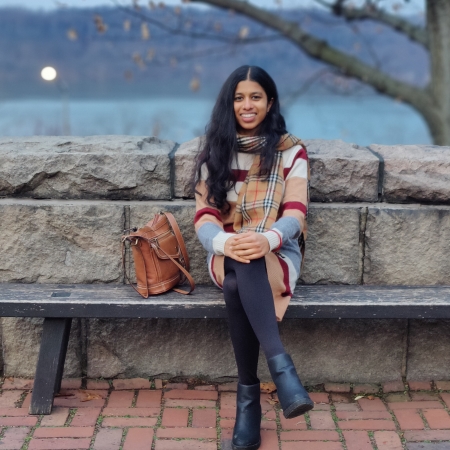
Shreya Anand
Shreya Anand
PhD, Caltech
Together with a large team, I study and hunt for astrophysical explosions in which heavy elements such as gold and platinum are generated. I aspire to eventually become a Professor of Astronomy and improve the climate in academia for women and gender minorities.
Inspired by
One inspiring figure for me is Mary Jackson, NASA's first black female aeronautical engineer during an era of Jim Crow segregation laws. She not only persevered against all odds to achieve her dream career, but also worked hard to break the glass ceiling for many other women scientists at NASA.
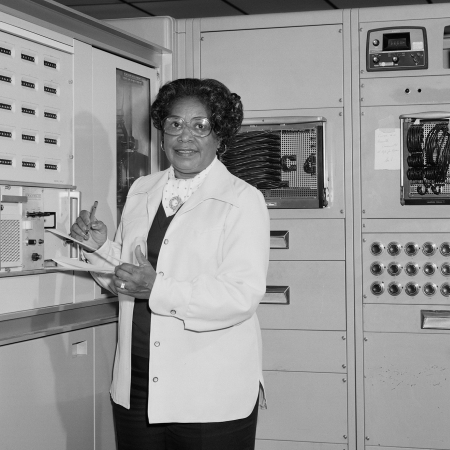
Mary Jackson
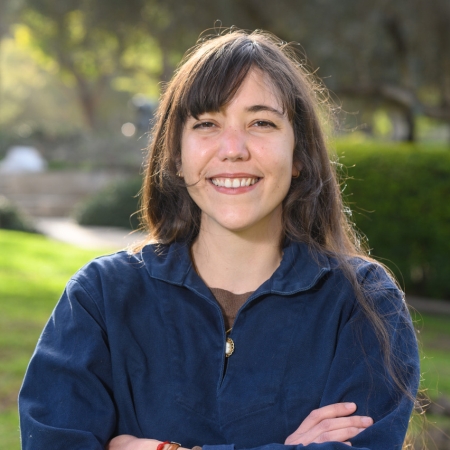
Rachel Bruch
Rachel Bruch
PhD, Weizmann Institute of Science
I’ve always found comfort in science for as long as I can remember, for one has to feed enthusiastic curiosity! When I was 6 years old, there was a special edition of “Science&Vie Junior” about supernovae which I was fascinated about. I feel extremely lucky that life drove me to make supernovae my PhD thesis, so the 7 year old me can vibrate again inside!
Inspired by
Women that inspired me are those that I could learn from on a close basis: my quantum mechanics professor Claire Marrache who later became my mentor, my cancer-fighting mother and her obsession with mathematics, and the women in our collaboration who, everyday, show me that no matter the challenge, there’s always a way to grow and learn!
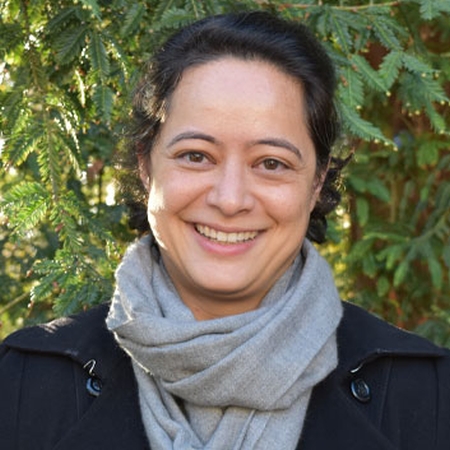
Claire Marrache
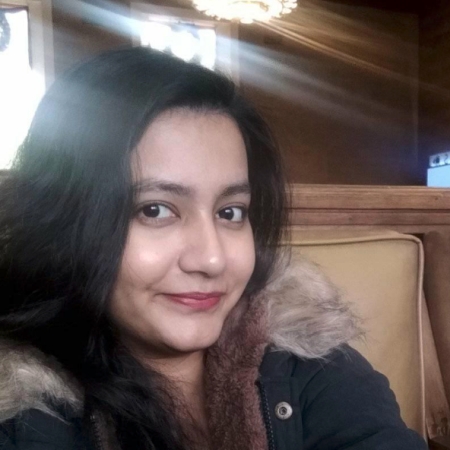
Yashvi Sharma
Yashvi Sharma
PhD, Caltech
My interest in astronomy began when I used to sleep under the stars at night and look at constellations when I was young. Now I study supernovae (stellar death events) through ZTF, and apply astroinformatics to make my work easier.
Inspired by
Like a lot of young Indian women, I was inspired by Kalpana Chawla, the first woman of Indian origin to go to space. Her journey, from majoring in aerospace engineering in India (predominantly male field) to moving to USA, getting PhD in the same field, and then becoming an astronaut, broke down many barriers and brought hope and inspiration to many young women.
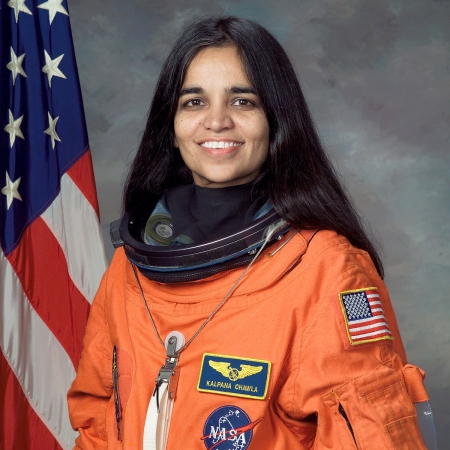
Kaplana Chawla
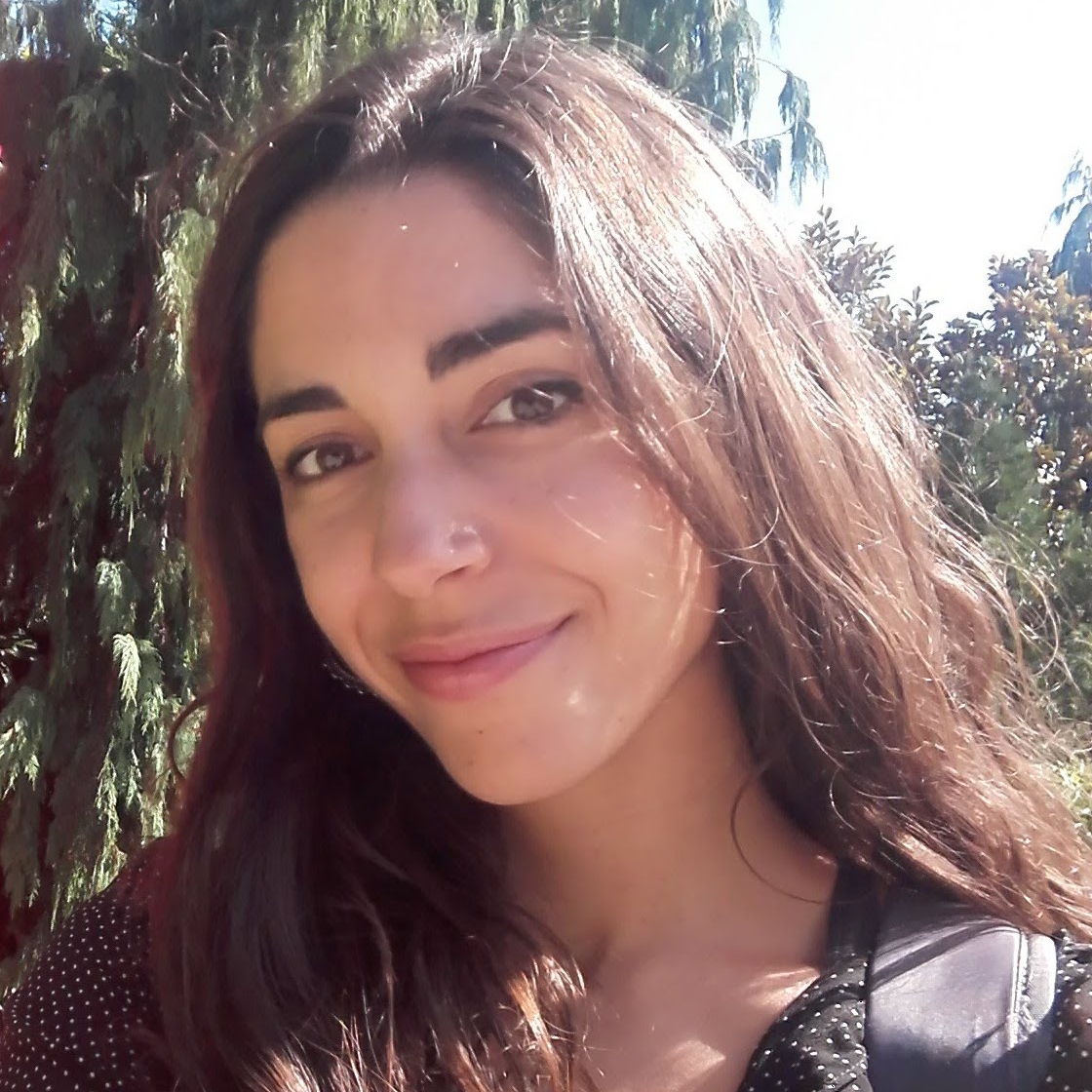
Ana Sagues Carracedo
Ana Sagues Carracedo
PhD, University of Stockholm
For as long as I can remember, I have always loved physics and physical phenomena and describing them to others. Now I am thrilled to make it my living by exploring kilonovae and supernovae explosions with ZTF, which are some of the most extreme events in the Universe.
Inspired by
I was inspired by the women in my family who showed me that being a strong and independent woman was not only a possibility but something I wanted to be. On a professional level, I am highly inspired by Marie Curie's life. She found her way in a world dominated by men and managed to get notable recognition from the scientific community. With dedication and conviction, Marie significantly contributed to physics and chemistry.
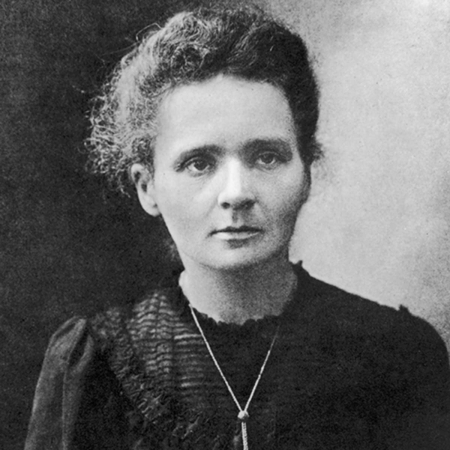
Marie Curie
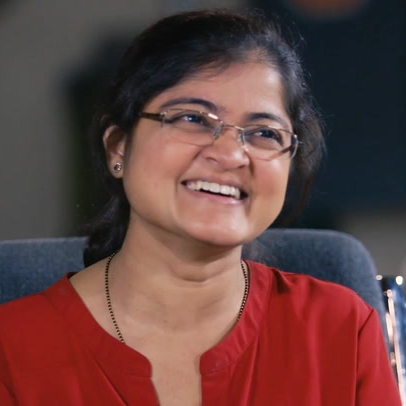
Mansi Kasliwal
Mansi Kasliwal
Professor, Caltech
I feel privileged to able to pursue my passion for astronomy as a profession. The biggest perk of the job is definitely working with a dynamic group of students and postdocs.
Inspired by
Luckily, I haven't had to look too far in space or time for inspiration. While I was a student at Caltech, Professor Fiona Harrison inspired us by launching NASA's NuSTAR mission. While I was a postdoc at Carnegie, Director Wendy Freedman inspired us by her steady strides towards nailing the Hubble's constant.
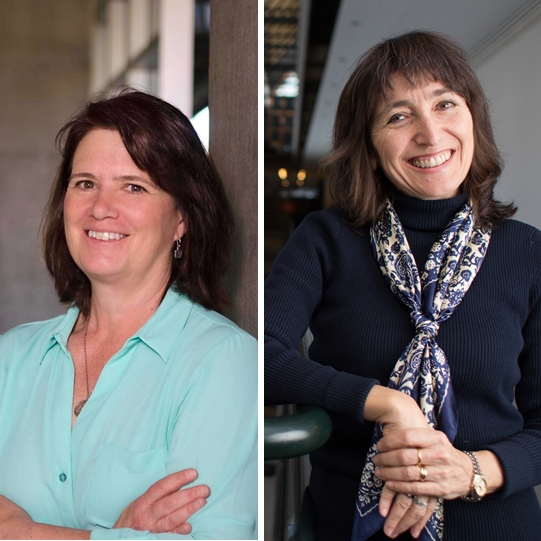
Fiona Harrison (left) and Wendy Freedman (right)
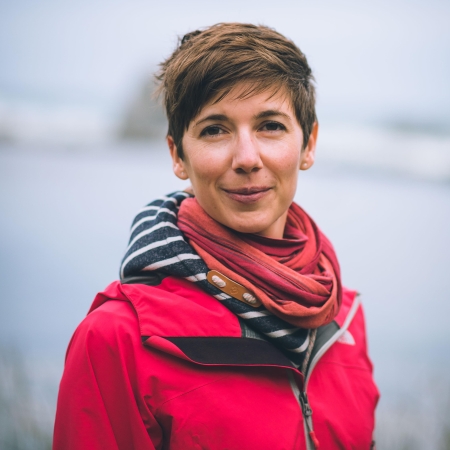
Anna Franckowiak
Anna Franckowiak
Professor, Ruhr University Bochum
I study the most elusive particles, called neutrinos, to learn more about the most violent sources in the Universe.
Inspired by
I am inspired by my Mom, who studied electrical engineering in the 70s and was not intimidated by a classroom filled with male students.

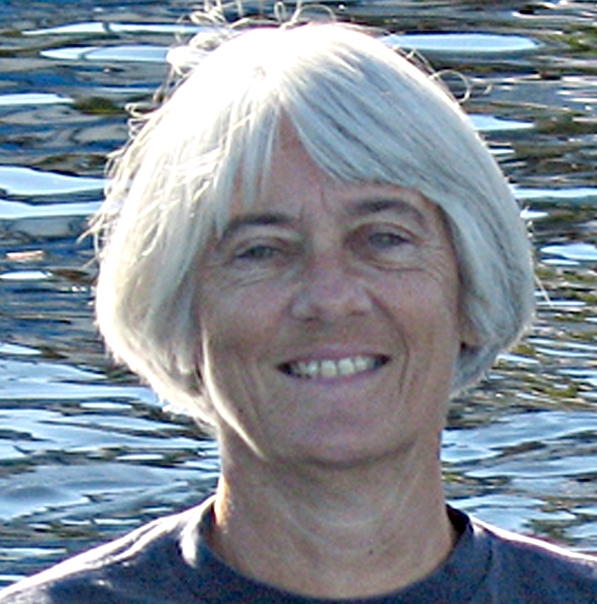
Paula Szkody
Paula Szkody
Professor, University of Washington; AAS President
For me, the best part of being an astronomer is observing at a telescope on a mountain top, and discovering new phenomena in mass-transferring binary stars.
Inspired by
I am inspired by Cecilia Payne-Gaposchkin, who significantly advanced our knowledge of stars during a time when women were not taken seriously.
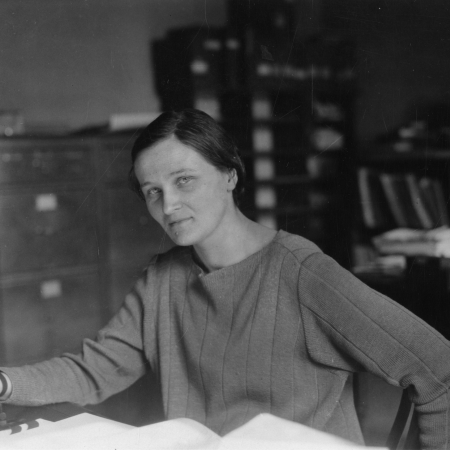
Cecilia Payne-Gaposchkin
